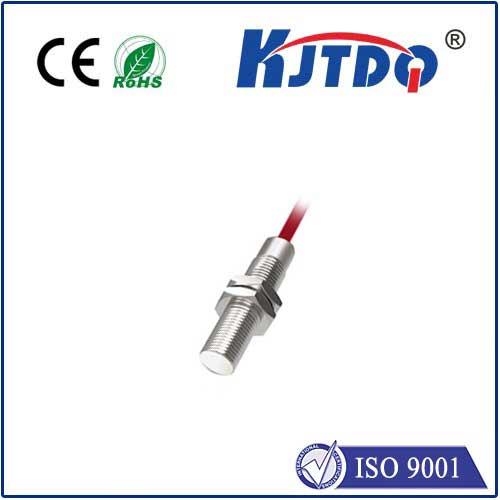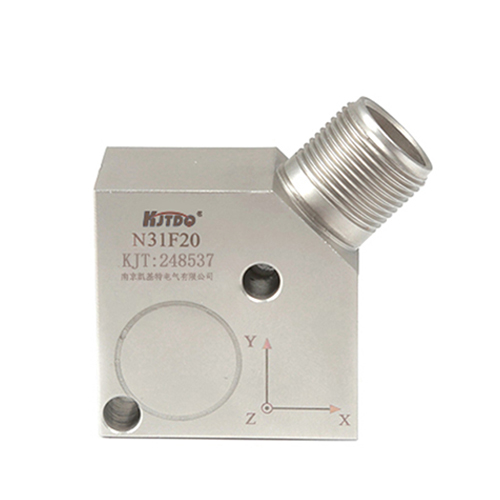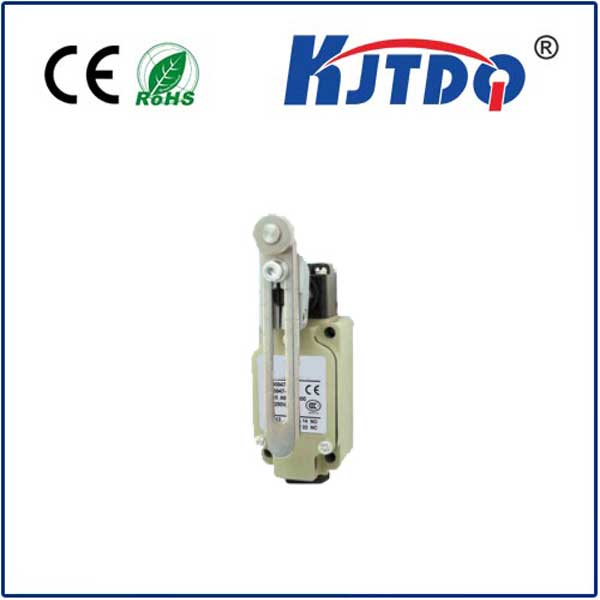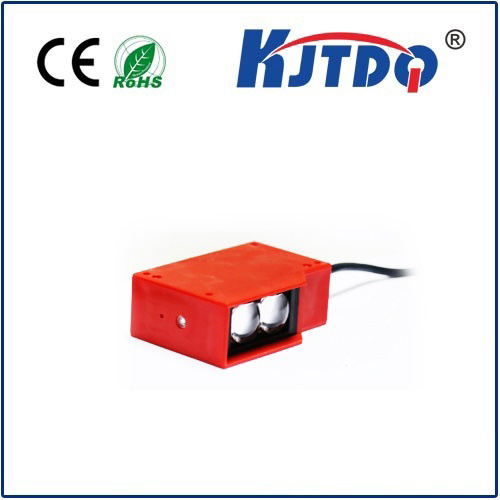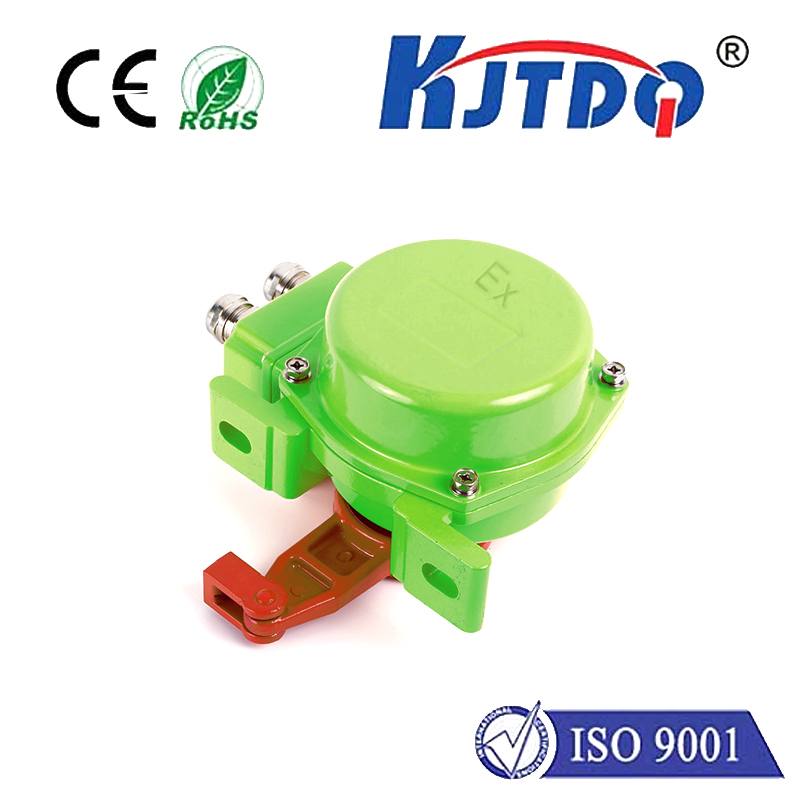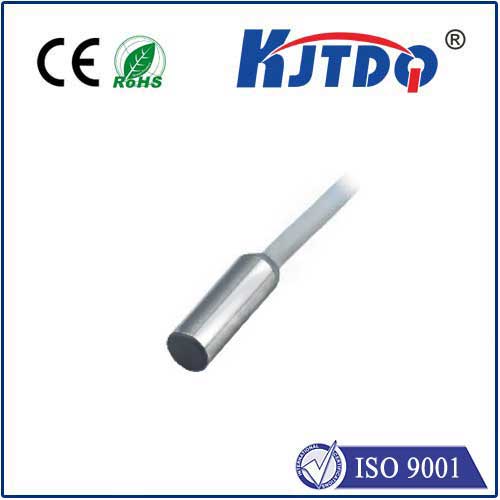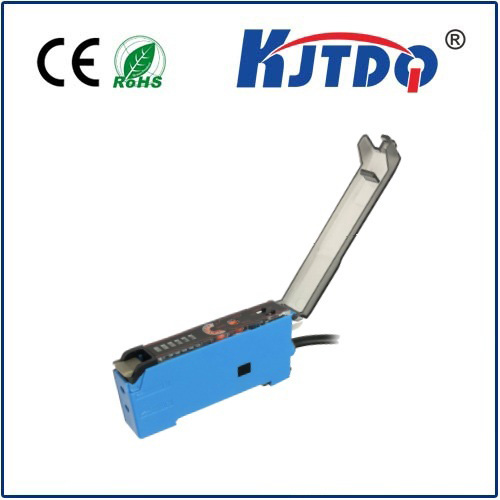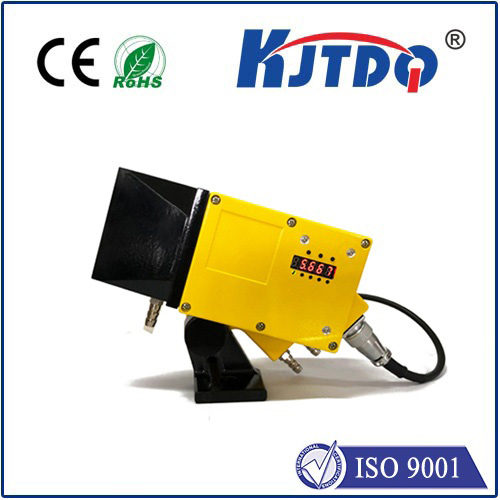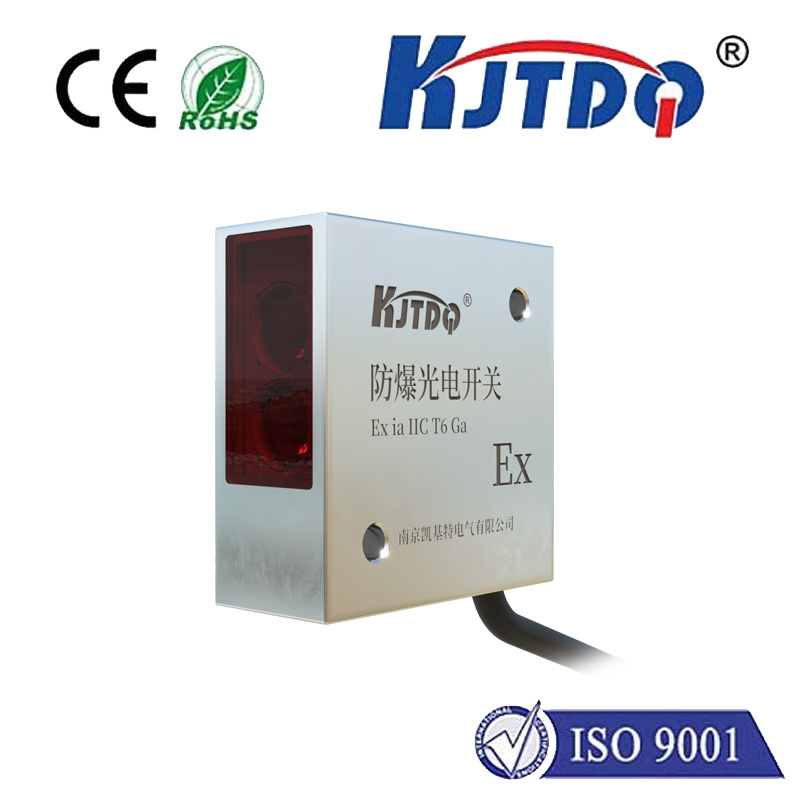запасной датчик приближения
- time:2025-06-16 15:19:58
- Нажмите:0
Enhancing Vehicle Safety: The Critical Role of Backup Proximity Sensors
Reversing a vehicle, whether a compact city car or a large SUV, inherently involves navigating significant blind spots. Mirrors help, but they simply can’t cover everything behind you, especially directly below the rear window or close to the bumper. That slight bump you barely felt? It could be a child’s bicycle, a low wall, or a pet you couldn’t see. This inherent vulnerability in reversing is precisely where backup proximity sensors, often called parking sensors or reverse sensors, become invaluable technological guardians. These devices act as an extra set of electronic eyes, significantly enhancing safety and preventing costly and potentially tragic collisions.
Understanding the Technology: How Backup Proximity Sensors Work
At their core, backup proximity sensors are sophisticated detection systems. Typically installed in the rear bumper (and sometimes in front bumpers as well, termed as front parking sensors), they operate primarily using ultrasonic technology. Here’s a simplified breakdown of the process:
- Emission: The sensor emits a short burst of high-frequency sound waves (ultrasound) beyond the range of human hearing.
- Reflection: If an object is within its designated detection range, these sound waves bounce off the obstacle and travel back towards the sensor.
- Reception: The sensor detects the reflected waves.
- Calculation: An electronic control unit (ECU) calculates the distance to the object based on the time difference between emitting the sound wave and receiving its echo. Sound travels at a known speed, so this time measurement is directly proportional to distance.
- Alert: The system then communicates this distance information to the driver through audible alerts (beeping tones that increase in frequency as you get closer to the object) and, in many modern vehicles, a visual display on the infotainment screen or dashboard, often in the form of colored zones.
Key Features and Capabilities of Modern Systems

Modern backup sensor systems offer far more than just basic beeping:
- Detection Range: Most sensors effectively detect objects within a range of approximately 1.5 to 2.5 meters (5 to 8 feet) behind the vehicle. This gives drivers ample warning time to react.
- Detection Zones: Systems often utilize multiple sensors (typically 4 in the rear bumper) to create overlapping coverage zones, detecting objects across the width of the vehicle and at varying heights.
- Weather Resistance: Designed to function effectively in various conditions, including rain, snow, fog, and dust, although extremely heavy buildup or ice can temporarily impair performance.
- Filtering Capabilities: Advanced ECUs can filter out irrelevant signals, such as those from road surfaces or small debris, minimizing false alarms while accurately detecting significant obstacles.
- Integration with Other Systems: Backup sensors are increasingly integrated with rearview cameras to provide a combined visual and audible warning system. They may also interface with automatic braking systems for enhanced collision avoidance during reversing.
The Undeniable Benefits: Why Backup Proximity Sensors Are Essential
The advantages of installing or having vehicle proximity sensors, especially for reverse maneuvers, are substantial:
- Collision Prevention: This is the primary and most critical benefit. Sensors significantly reduce the risk of low-speed collisions when backing up by alerting drivers to unseen obstacles, protecting both property (your car bumpers, walls, other vehicles) and, more importantly, people, pets, or objects behind the vehicle.
- Enhanced Safety for Vulnerable Users: They provide crucial warnings about pedestrians, particularly children who are often below mirror sightlines, and cyclists who might be approaching silently from the side.
- Reduced Driver Stress: Maneuvering in tight spaces, like crowded parking lots or narrow driveways, becomes markedly less stressful. The sensors provide clear guidance, increasing driver confidence during reversing.
- Parking Precision: Whether parallel parking or slotting into a tight garage, sensors offer precise proximity feedback, allowing for smoother, more accurate parking maneuvers.
- Potential Insurance Benefits: Some insurance companies recognize the safety value of parking aid systems and may offer discounts on premiums for vehicles equipped with them, acknowledging the reduced risk of claims.
- Protection Against Low-Profile Hazards: They excel at detecting objects close to the ground that are virtually impossible to see from the driver’s seat, such as parking bollards, low curbs, stumps, or even steep drop-offs.
Choosing and Living with Backup Sensors
While often factory-fitted, reverse sensor systems are a popular and relatively cost-effective aftermarket upgrade. When considering installation:
- Quality Matters: Opt for reputable brands with good reviews regarding accuracy, reliability, and weather resistance.
- Professional Installation: Ensure proper placement, calibration, and wiring by a qualified technician for optimal performance.
- Sensor Visibility: Consider whether you want visible sensors (small circular elements embedded in the bumper) or a system that integrates sensors behind the bumper (requiring specific bumper compatibility). Visible sensors are generally more common and cost-effective.
- Display/Audio Interface: Decide if you prefer an integrated dashboard/head-unit display, a standalone visual indicator, or just audible alerts.
Important Considerations:
- Complacency: Sensors are an aid, not a replacement for attentive driving. Always physically check mirrors and glance behind you before and during reversing maneuvers. Over-reliance can be dangerous.
- System Limitations: Understand what the system cannot detect effectively:
- Very thin objects (like wires or vertical poles) at certain angles.
- Objects moving quickly towards the vehicle from the side.
- Objects located high above the detection zone.
- Performance can be degraded by heavy rain, snow, ice, or mud covering the sensors.
- False Alarms: While minimized in modern systems, they can still occasionally occur due to rain splashes, strong winds, or specific environmental acoustics. Clean sensors regularly.
Backup proximity sensors represent a mature, reliable, and highly effective piece of automotive safety technology. By providing drivers with critical information about their immediate surroundings during the inherently risky act of reversing, these sensors drastically reduce the potential for accidents. They offer peace of mind, protect pedestrians and property, and make everyday driving tasks significantly easier and safer. In the quest for enhanced road safety, backup proximity sensors are an indispensable technological shield for your vehicle’s vulnerable rear end.

